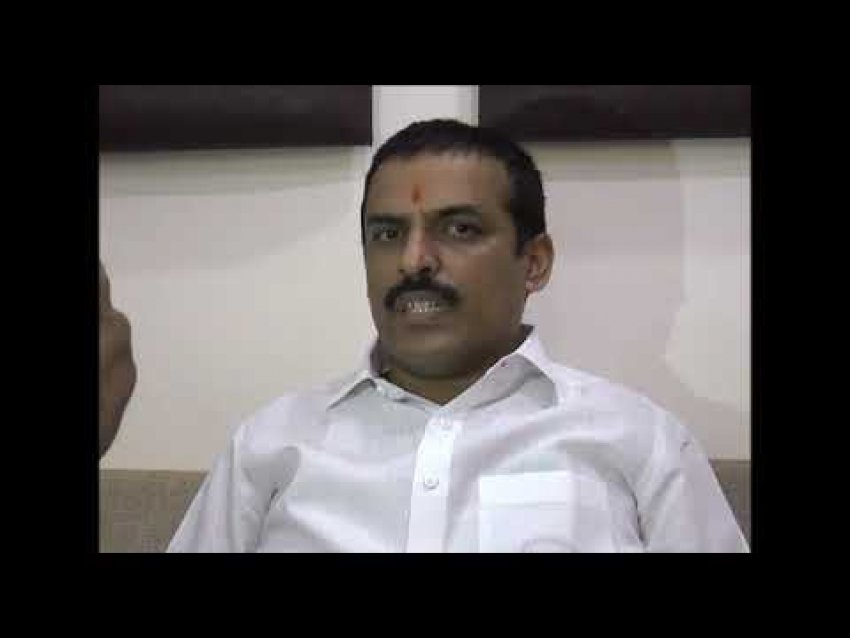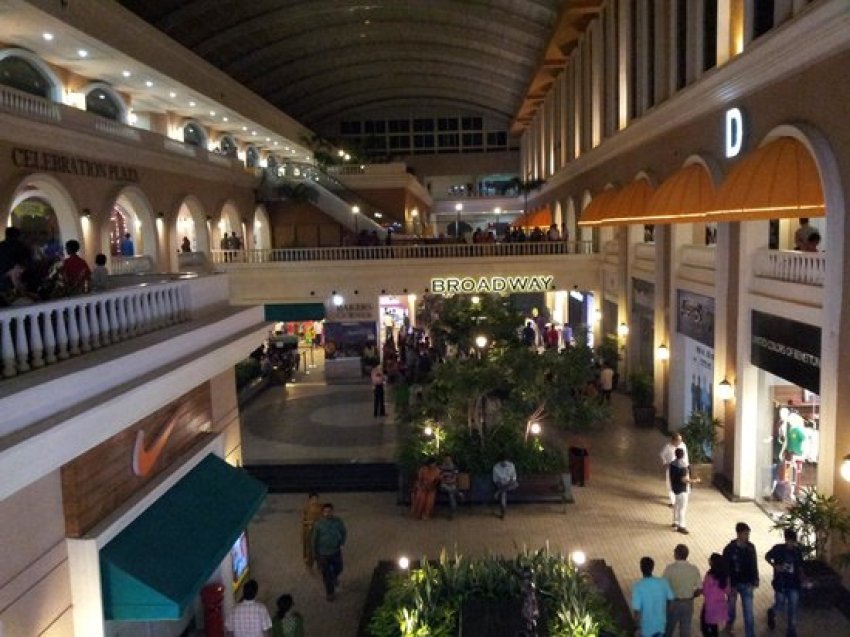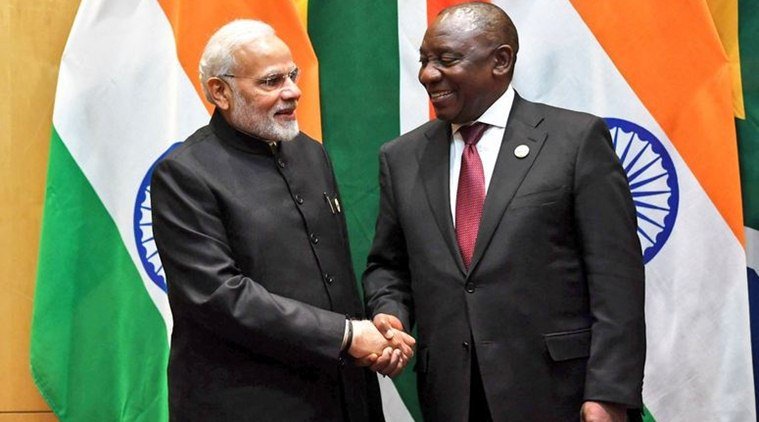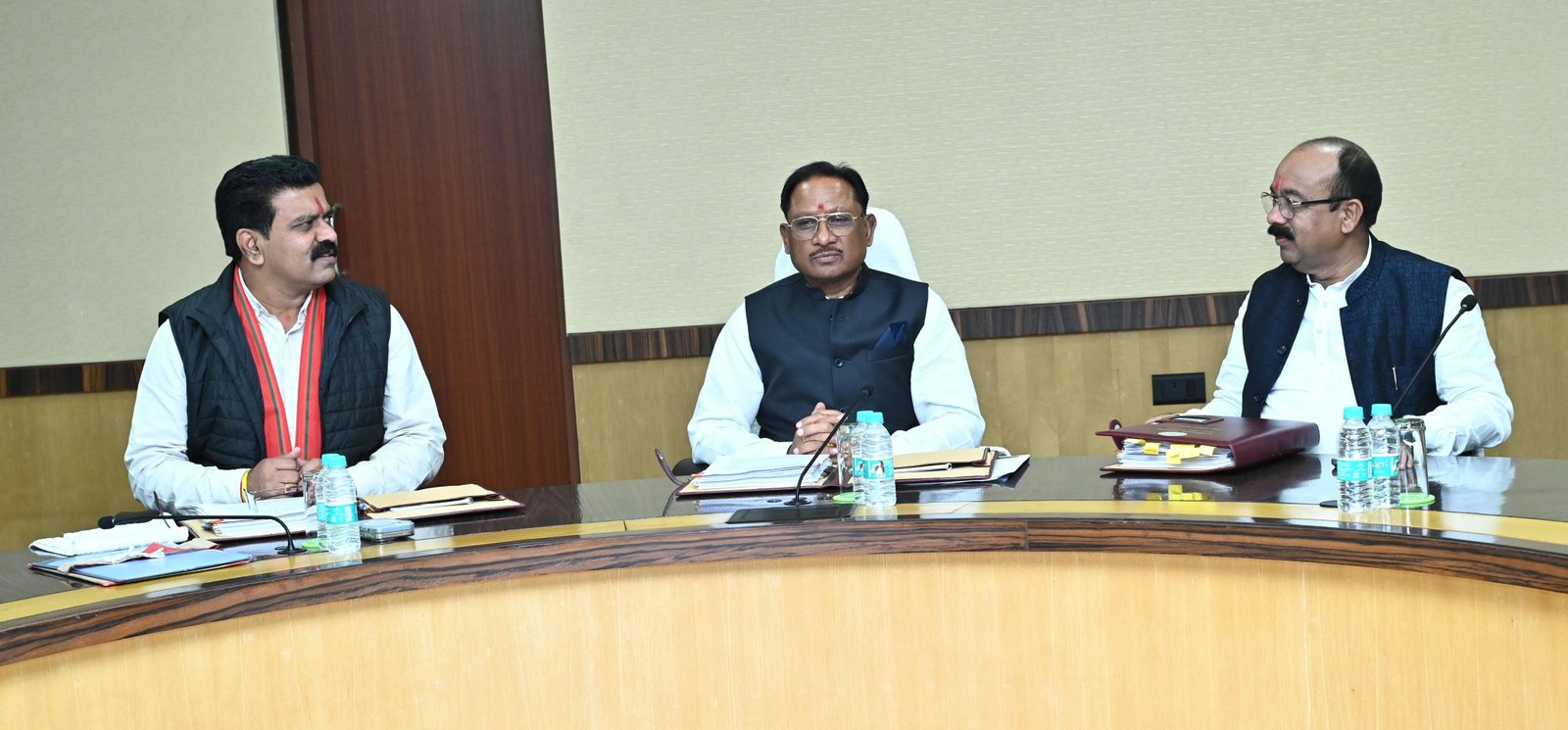Prime Minister Narendra Modi recently returned from a tour of Rwanda, Uganda and South Africa that included a flurry of agreements and a speech at the BRICS Summit in South Africa outlining 10 guiding principles for India’s engagement in Africa.
Behind the media blitz and rhetoric, a refocused Africa strategy is emerging — as are the constraints to its effective implementation. The new strategy builds on India’s soft power in historical, trade, and cultural links, particularly with eastern Africa — or in the new jargon, the western edge of the Indo-Pacific. While broadly aiming to secure India’s foothold on the continent, secure access to resources, build markets for Indian goods and services, and support India’s global ambitions, the strategy is also focused on building alliances and differentiating India from China as a development partner. This comes at a time when several countries in the Indo-Pacific have fallen into a debt trap with China.
Aiming to divert African countries from China’s heavy centripetal force, India’s main tool for implementing this new strategy is an increase in development partnerships. Since it cannot match China’s deep-pocketed infrastructure-focused engagement in Africa, India has tried to differentiate itself by engaging with its diaspora and private sector links to build development partnerships, where India has a comparative advantage in English-language training and research. India has also initiated a series of India-Africa forums and is working with Japan on an Asia Africa Growth Corridor. Yet ironically, the largest Indian development funds come from India’s Chinese-style credit lines, where India has committed about 150 credit lines worth $10 billion — but with lower disbursement rates than China.
The strategy was on display during Modi’s first stop in Rwanda, a country that is considered an increasingly important gateway to Africa and one with which India now has a strategic partnership. Rwanda is the present chair of the influential African Union, where common positions are adopted by the continent. It is the third-fastest growing economy in Africa. Rwanda has also long been a darling of the West’s engagement in Africa, giving it an outsized voice in the power corridors of Europe and North America. Finally, Rwanda has signed on to China’s Belt and Road Initiative with 15 huge investment projects.
Modi’s final stop in South Africa to attend the 10th BRICS summit drove home India’s strategic engagement. Modi aimed the subtext at China: He said India is putting Africa at the top of its priorities and is keen to build partnerships that will liberate its potential rather than constrain its future.
While India’s Africa strategy is becoming clearer, questions about the efficacy of tools for implementing it remain. India’s development partnerships are a long way from prioritising Africa and are notorious for their low disbursement rates and slow delivery. Only four per cent of Indian grants in 2017-18 were committed to Africa. Credit lines to Africa have a 40 per cent disbursement rate, and of the $10 billion in credit promised between 2015-20, only $1.5 billion have been committed through 2019 and an even smaller fraction disbursed. India’s new concessional financing scheme, which subsidises private Indian companies bidding on African infrastructure projects, shows no signs of functioning a year after its announcement. These are significant barriers as India seeks to implement its new strategic partnership with Africa and convince countries that it can not only commit but also deliver.







